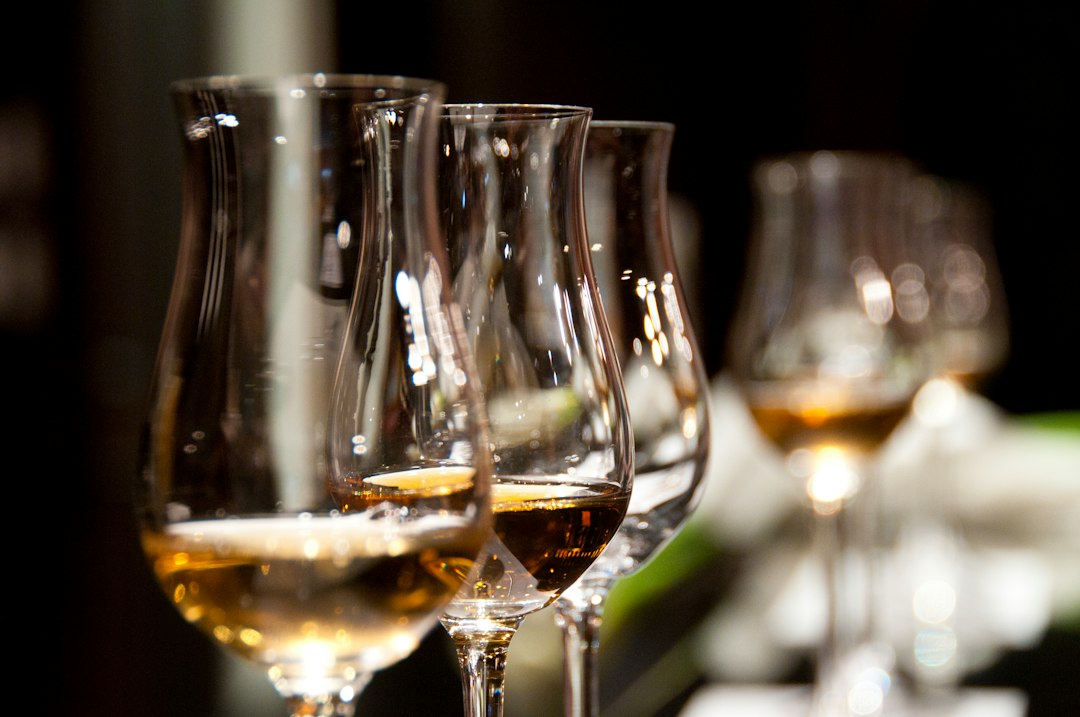
How Cava is Produced in Catalonia
Share
Cava, Catalonia's sparkling gem, has long been a symbol of celebration and sophistication. This effervescent wine, known for its crisp flavors and delicate bubbles, is produced in the heart of Catalonia, Spain. The region's unique terroir, combined with both traditional methods and modern innovations, contributes to the distinctive character of Cava. In this article, we will delve into the secrets behind the production of Cava, exploring the journey from grape to glass and uncovering what makes this sparkling wine so special.
The Origins of Cava in Catalonia
Cava's history is deeply rooted in the winemaking traditions of Catalonia. The story begins in the late 19th century when local winemakers, inspired by the méthode champenoise of Champagne, France, began to experiment with sparkling wine production. The town of Sant Sadurní d'Anoia emerged as the epicenter of Cava production, thanks to its ideal climatic conditions and proximity to Barcelona. Over the years, Cava has gained international recognition, becoming synonymous with quality and craftsmanship.
The Role of Terroir
The terroir of Catalonia plays a crucial role in defining the character of Cava. The region's diverse landscape, from coastal areas to high-altitude vineyards, provides a range of microclimates suitable for the cultivation of different grape varieties. The predominant soil type, known as "calcáreo," is rich in limestone and contributes to the mineral notes found in Cava. The Mediterranean climate, with its warm days and cool nights, ensures optimal ripening of the grapes, preserving their acidity and freshness.
Traditional Grape Varieties
The traditional grape varieties used in the production of Cava are Macabeo, Xarel·lo, and Parellada. Macabeo contributes floral and fruity aromas, Xarel·lo adds body and structure, and Parellada offers elegance and freshness. Together, these grapes create a harmonious blend that forms the backbone of classic Cava. In recent years, the use of other varieties such as Chardonnay and Pinot Noir has been permitted, bringing new dimensions to the flavor profile of Cava.
The Traditional Method of Production
Cava is produced using the traditional method, also known as "méthode champenoise," a meticulous process that involves secondary fermentation in the bottle. This method is responsible for Cava's signature bubbles and complexity.
Primary Fermentation
The first step in Cava production is primary fermentation, where the grape juice is fermented into wine. This process typically takes place in stainless steel tanks, where temperature control can be closely monitored. Yeast is added to the grape juice, converting the sugars into alcohol and carbon dioxide. The resulting base wine is dry and still, ready for blending and secondary fermentation.
Blending and Secondary Fermentation
Blending, or "coupage," is a crucial step where wines from different grape varieties, vineyards, or vintages are blended to achieve the desired flavor profile. Once the blend is finalized, the wine is bottled with the addition of a mixture called "liqueur de tirage," consisting of sugar and yeast. The bottles are then sealed with a crown cap and stored horizontally in cellars for secondary fermentation. This process generates carbon dioxide, which dissolves into the wine, creating Cava's characteristic bubbles.

Ageing on the Lees
One of the defining features of Cava is its ageing on the lees, the dead yeast cells left over from secondary fermentation. This process, known as "crianza," contributes to the wine's complexity, texture, and flavors.
The Importance of Ageing
The duration of ageing on the lees significantly impacts the characteristics of Cava. Regulations require a minimum of 9 months for standard Cava, but many producers exceed this, ageing their Cavas for 15 months, 30 months, or even longer. Premium Cavas, such as "Reserva" and "Gran Reserva," are aged for a minimum of 15 and 30 months, respectively. This extended ageing enhances the wine's creaminess, depth, and aromatic complexity.
Riddling and Disgorging
As the Cava ages, the lees are gradually consolidated at the neck of the bottle through a process called "riddling." Traditionally, this was done manually by turning and tilting the bottles over several weeks. Today, many producers use automated "gyropalettes" to expedite the process. Once ageing is complete, the sediment is removed in a process called "disgorging." The bottle is briefly frozen at the neck, and the crown cap is removed, allowing the pressure inside to expel the sediment. A "dosage" of wine and sugar can be added to adjust the sweetness level before the bottle is finally sealed with a cork.
Modern Innovations in Cava Production
While respecting tradition, many Cava producers are embracing modern innovations to enhance quality and sustainability.
Sustainable Viticulture
Sustainability has become a central theme in Cava production, with many producers adopting organic and biodynamic practices. These methods emphasize the health of the vineyard ecosystem, reducing the need for synthetic chemicals and promoting biodiversity. Sustainable viticulture not only benefits the environment but also has the potential to improve the quality and expressiveness of the grapes.
Technological Advances
Technological advances in winemaking equipment and techniques have also played a role in elevating Cava. Precision in temperature control during fermentation, advances in blending and dosage, and improvements in bottling and closure systems all contribute to the consistency and quality of the final product. Additionally, innovations in packaging and design have helped Cava appeal to a broader audience, showcasing its versatility and modern appeal.

The Future of Cava
The future of Cava looks bright, with producers continuing to push the boundaries of quality and innovation. The recent introduction of the "Cava de Paraje Calificado" classification, for single-vineyard Cavas that meet the highest standards, highlights the industry's commitment to excellence and terroir expression. As consumers worldwide become more knowledgeable about sparkling wines, the interest in Cava's unique story and diverse styles is sure to grow.
Embracing Diversity
The diversity of Cava, from crisp and refreshing Brut Nature to rich and complex Gran Reserva, offers something for every palate. Producers are increasingly experimenting with different grape varieties, ageing techniques, and styles, expanding the spectrum of flavors and textures available. This diversity, coupled with Cava's excellent value for money, positions it as a versatile choice for both everyday enjoyment and special occasions.
Global Recognition and Expansion
As Cava continues to garner global recognition, producers are also looking beyond Catalonia, exploring new terroirs and collaborations. This expansion not only broadens the reach of Cava but also enriches its narrative, incorporating new stories and traditions. With its roots firmly planted in the rich soils of Catalonia, Cava is poised to captivate the hearts and palates of wine lovers around the world.
In conclusion, the production of Cava in Catalonia is a testament to the region's winemaking heritage, blending centuries-old traditions with modern innovations. From the selection of grape varieties to the meticulous ageing process, every step contributes to the distinctive character of Cava. As we uncover the secrets behind its production, we gain a deeper appreciation for this sparkling wine, a symbol of celebration and craftsmanship. Whether exploring Catalonia's Cava terroir or savoring a glass of Reserva, Cava invites us to discover the beauty and diversity of Catalonia's sparkling wines.
